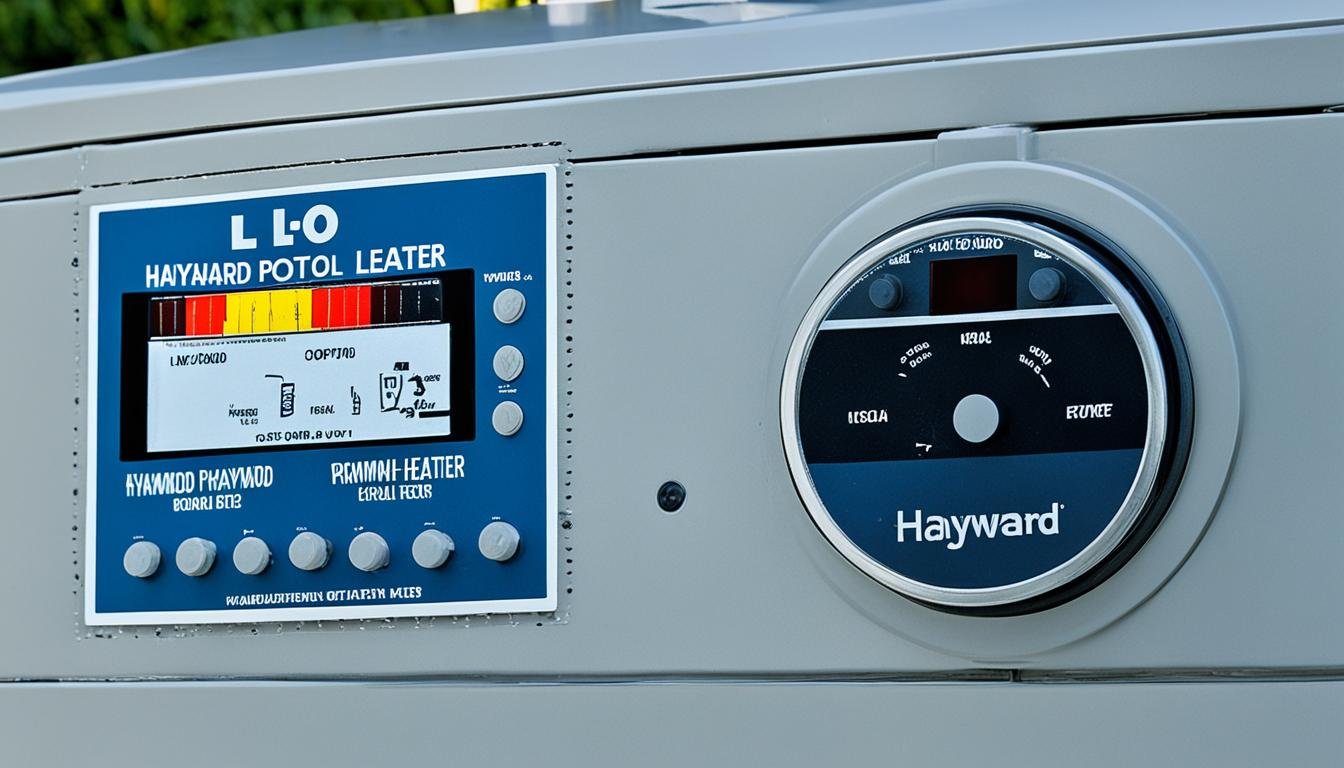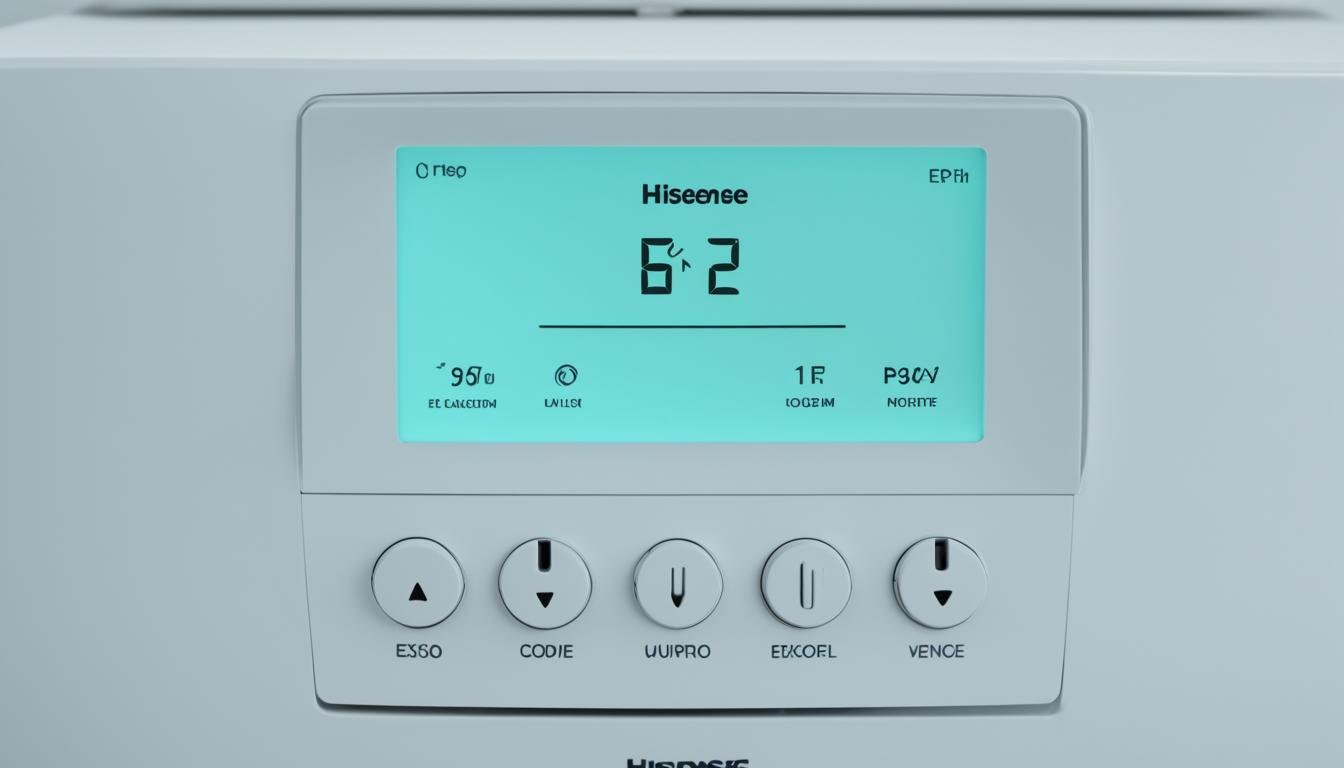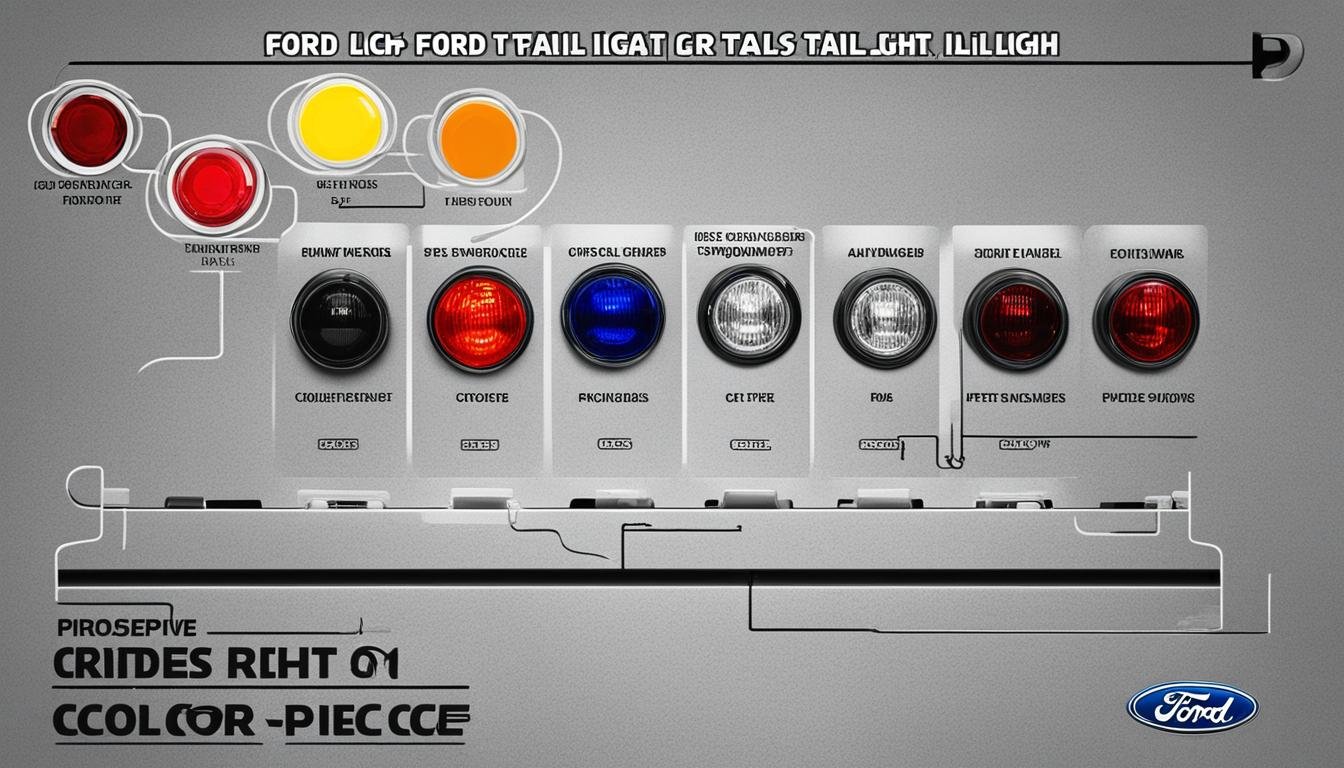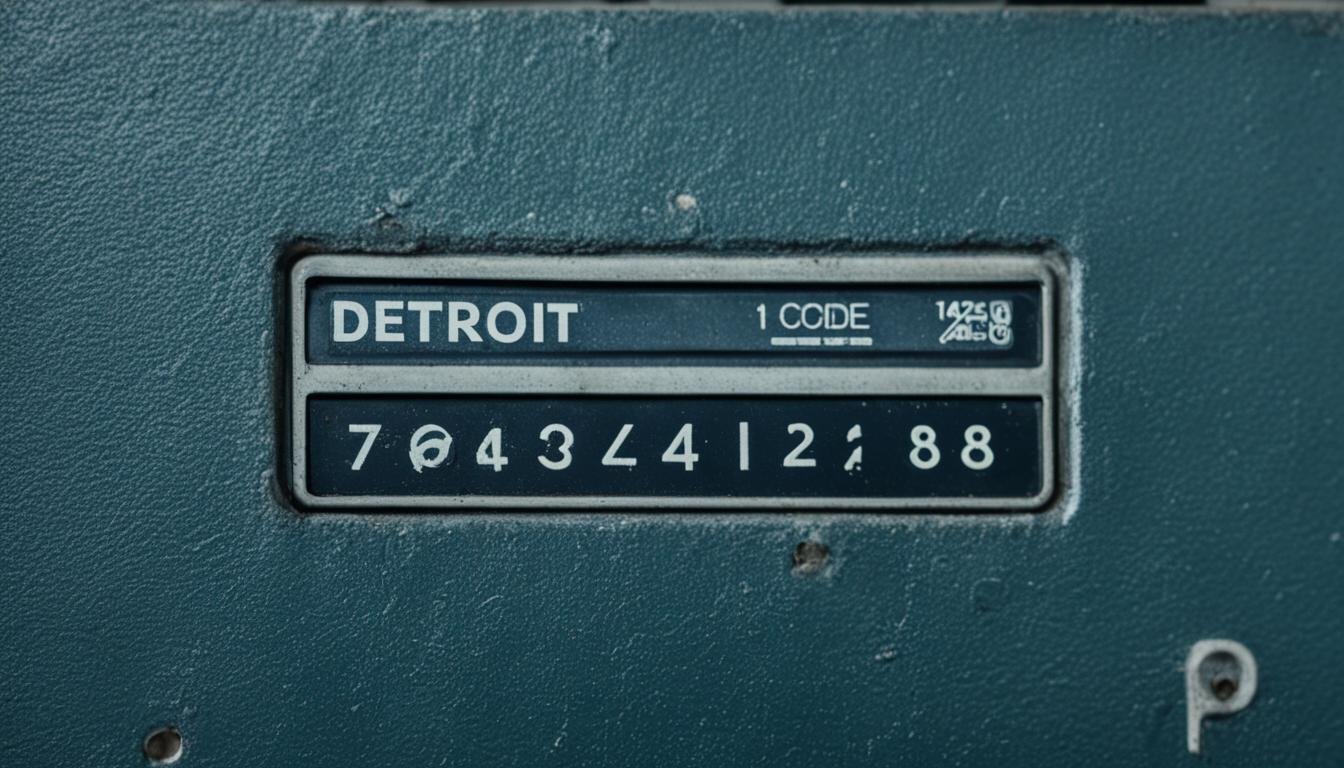If you have a Hayward pool heater and are experiencing the dreaded LO code, you’re not alone. This error code indicates a fault with the temperature limit switch, vent pressure switch, or water pressure switch. It can leave you scratching your head and wondering how to get your pool heater back up and running.
But fear not! In this article, we will guide you through the troubleshooting process and provide you with effective solutions to fix the LO code on your Hayward pool heater. Say goodbye to chilly pool days and hello to optimal swimming temperatures!
Key Takeaways:
- The LO code on a Hayward pool heater indicates a fault in the temperature limit switch, vent pressure switch, or water pressure switch.
- Inadequate water flow, faulty switches, wiring issues, and blockages are common causes of the LO code.
- Follow our troubleshooting tips to identify and fix the underlying problem triggering the LO code.
- Ensure your safety by turning off the power and seeking professional assistance if needed.
- With the right steps, you can restore your Hayward pool heater’s functionality and enjoy a warm and comfortable pool all season long.
Common Causes of LO Code on Hayward Pool Heater
When encountering LO code on your Hayward pool heater, it’s essential to understand the common causes behind this error. By identifying these causes, you can effectively troubleshoot and address the issue. Some of the most frequent factors contributing to the LO code include:
- Inadequate water flow: A low water flow rate can trigger the LO code. This may occur due to a clogged filter, malfunctioning pump, or restricted water circulation.
To ensure a smooth and uninterrupted pool heating experience, it is crucial to tackle these causes promptly and effectively.
How to Troubleshoot LO Code on Hayward Pool Heater
If you are experiencing the LO code on your Hayward pool heater, don’t worry, we’ve got you covered. Follow these troubleshooting tips to efficiently resolve the issue:
- Check water flow: Inspect the water flow to ensure it is not restricted or too low. This can be caused by a clogged filter, faulty pump, or restricted water circulation. Clean or replace the filter if necessary and check the pump for any malfunctions.
- Verify temperature limit switch: The LO code may indicate a fault in the temperature limit switch. Ensure the switch is set correctly and functioning properly. If needed, consult the Hayward pool heater manual for specific instructions on adjusting or replacing the temperature limit switch.
- Examine vent pressure switch: The vent pressure switch could be triggering the LO code. Make sure the switch is properly installed and functioning as it should. If there are any issues, consider consulting a qualified technician for further assistance.
- Inspect water pressure switch: The LO code can also be caused by a faulty water pressure switch. Check the switch for any visible damages, loose connections, or incorrect settings. If necessary, replace the switch with a new one to resolve the issue.
- Verify wiring connections: Ensure all wiring connections related to the temperature limit switch, vent pressure switch, and water pressure switch are secure and undamaged. Loose or faulty connections can trigger error codes like LO. Double-check the wiring diagram in the manual to ensure correct connections.
- Clear blockages: Remove any debris or blockages that may be obstructing the heater’s vents, water lines, or filters. Blockages can disrupt the heater’s performance and trigger error codes. Regularly clean and maintain your pool heater to prevent blockages from occurring.
By following these troubleshooting tips, you can effectively resolve the LO code issue on your Hayward pool heater. Remember to always prioritize safety by turning off the power before performing any inspections or repairs. If you are uncertain or unable to resolve the issue on your own, it is recommended to seek professional assistance from a qualified technician.
Conclusion
Resolving the LO code issue on your Hayward pool heater requires thorough troubleshooting and attention to common causes such as low water flow, faulty switches, wiring issues, and blockages. By following the troubleshooting tips provided, you can effectively identify and fix the underlying problem triggering the LO code. Prioritize safety by turning off the power, using the appropriate tools, and adhering to proper procedures throughout the troubleshooting process.
If you find yourself unsure or unable to resolve the issue on your own, we recommend seeking assistance from a qualified technician. They have the expertise and knowledge to diagnose and repair the problem accurately. Remember, the goal is to restore your Hayward pool heater’s functionality, allowing you to enjoy a warm and comfortable pool throughout the season.
With a systematic approach and the right steps, you can overcome the challenges posed by the LO code error message on your Hayward pool heater. Take the necessary measures to maintain your pool heater’s efficiency and ensure optimal performance for a delightful swimming experience.
FAQ
What does the LO code on a Hayward pool heater indicate?
The LO code on a Hayward pool heater indicates a fault in the temperature limit switch, vent pressure switch, or water pressure switch.
What are the common causes of the LO code on a Hayward pool heater?
The common causes of the LO code on a Hayward pool heater include inadequate water flow, such as a clogged filter, malfunctioning pump, or restricted water circulation.
How can I troubleshoot the LO code on my Hayward pool heater?
To troubleshoot the LO code on your Hayward pool heater, you can check for low water flow, inspect and test the switches, examine the wiring, and clear any blockages that may be causing the issue.






Leave a Reply